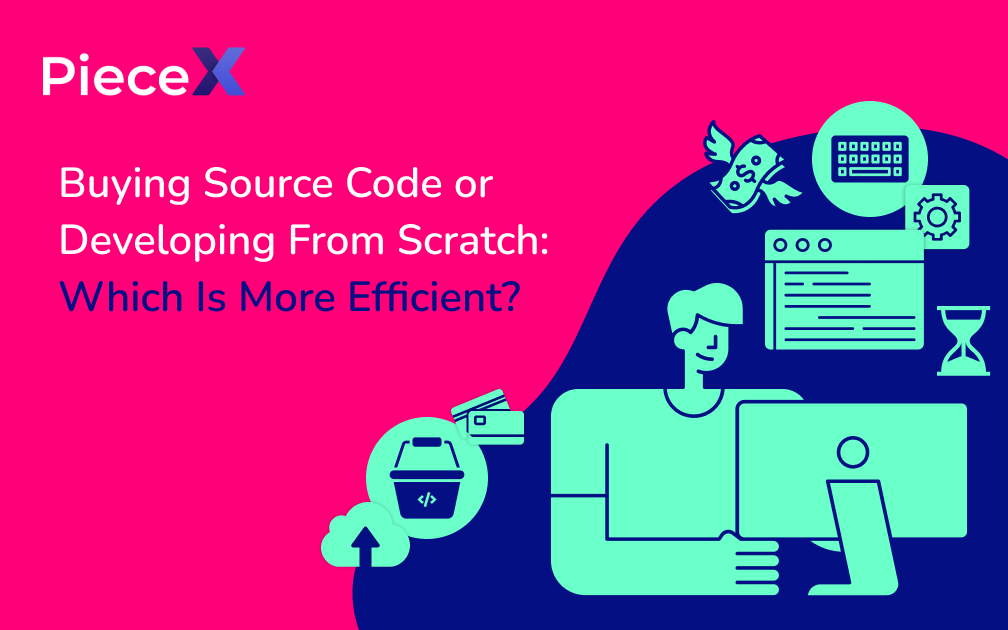
Project Management Strategies for Successful Software Deployments

Nailing a software deployment isn’t just about getting your code out the door; it’s about ensuring it performs well in live environments and meets user expectations. Effective project management is crucial to achieving this, especially when the stakes are high. Here’s how you can fine-tune your project management strategies to boost the success of your software deployments.
Start with a Solid Plan
Every successful deployment begins with a robust plan. Know what you’re deploying, why you’re deploying it, and how it fits into the broader goals of your business. Define clear milestones and deliverables for every phase of the deployment.
- Set Realistic Deadlines: Don’t set yourself up for failure with unrealistic timelines. Consider potential roadblocks and pad your schedule accordingly.
- Resource Allocation: Ensure you have the right mix of talent on your team. From developers to QA testers, each role is crucial for a smooth deployment.
Foster Strong Communication
Clear, consistent communication is the backbone of effective project management. Everyone involved—from developers to stakeholders—needs to be on the same page.
- Regular Updates: Keep all parties informed with regular updates. Whether it’s through email, team meetings, or a dedicated project management tool, communication should be ongoing.
- Feedback Channels: Implement open channels for feedback. Encouraging input from team members and stakeholders not only fosters collaboration but can also flag potential issues before they escalate.
Implement Agile Methodologies
Agile methodologies are particularly effective in managing software deployments. They allow for flexibility and adaptability in your project’s lifecycle, which is crucial given how dynamic software development can be.
- Iterative Testing: Don’t wait until the end to test everything. Use agile sprints to test components as they’re developed.
- Continuous Integration and Continuous Deployment (CI/CD): These practices help in automating the software delivery process, making deployments more frequent and reliable.
Utilize the Right Tools
The right project management and deployment tools can make a huge difference. They not only streamline various aspects of the deployment process but also help in tracking progress and coordinating tasks.
- Project Management Software: Tools like Jira, Trello, or Asana can help manage tasks, track progress, and keep deadlines in focus.
- Deployment Tools: Automated deployment tools like Jenkins, GitLab CI, or CircleCI can reduce human error and speed up the process of getting software live.
Train and Prepare Your Team
A well-prepared team is critical for successful deployment. Regular training sessions and preparedness drills can ensure your team knows what to do and when, significantly reducing the chances of deployment mishaps.
- Skills Development: Keep your team’s skills sharp with regular training on the latest technologies and methodologies.
- Deployment Drills: Run through deployment procedures regularly to ensure everyone knows their roles and responsibilities when it’s game time.
Monitor and Optimize Post-Deployment
Once your software is deployed, the work isn’t over. Monitoring how the software performs in the live environment is crucial for catching any issues that might not have been evident during testing.
- Performance Monitoring Tools: Use tools to monitor the performance and health of your software post-deployment.
- User Feedback: Keep an eye on how users are interacting with the new software and gather feedback for future improvements.
Leverage External Resources Like PieceX
Sometimes, external resources can provide the components you need to streamline parts of your deployment process. PieceX is a marketplace where you can find ready-made code and components that might fit perfectly into your project.
- Speed Up Development: Using pre-built components can accelerate development phases, allowing more time for focusing on deployment strategies.
- Quality Assurance: Purchasing code from a platform like PieceX ensures you are getting tested and potentially bug-free components, reducing the risk of deployment failures.
Conclusion
Effective project management is the key to successful software deployments. By planning meticulously, communicating effectively, embracing agile methodologies, and utilizing the right tools, you can enhance the chances of a smooth deployment. Don’t forget to monitor post-deployment performance and leverage external resources like PieceX to optimize every phase of your project. With these strategies, you’re not just deploying software; you’re ensuring it succeeds in the real world.
For more articles such as this, make sure to check out our Knowledgebase Blog.






